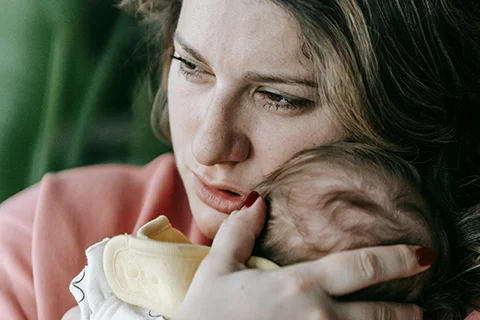
Maternal depression: Physicians should have a high awareness of maternal depression, which is a risk factor for the socio-emotional and cognitive development of children. Although less studied, paternal factors may compound the maternal-infant issues. Maternal depression and child development (CPS)
- Fetal alcohol spectrum disorder (FASD). CPS Position Statement
Adoption/Foster care: Children newly adopted or entering foster care are a high risk population with special needs for health supervision. Foster Care (CPS) | International Adoption: Preparing to adopt | International Adoption: Enhancing attachment
Social determinants of health (SDH): Inquiry about impact of poverty: “Within the past 12 mos, did you worry that your food would run out before you got money to buy more, OR did the food not last and you didn’t have money to get more?” Food insecurity (Pediatrics) | CLEAR tool kit | Poverty Tool (OCFP) | Social determinants of health (CFPC) | Infrastructure to address SDH (PCH)
Prevention of child maltreatment:
- Risk factors for child maltreatment:
- Parent (low socio-economic status, maternal age <19 years, single parent family, non-biological parents, abused as child, substance abuse, lack of social support, unplanned pregnancy or negative parental attitude towards pregnancy).
- Family (spousal violence, poor marital relations, poor child-parent relationship, unhappy family life).
- Child (behaviour problems, disability).
Discuss with parents of preschoolers teaching names of genitalia, appropriate and inappropriate touch, and normal sexual behaviour for age.
Exposure to personal violence and other forms of violence has significant impact on physical and emotional well-being of children.
Assess home visit need: There is good evidence for home visiting by nurses during the perinatal period through infancy for first-time mothers of low socioeconomic status, single parents or teenaged parents to prevent physical abuse and/or neglect.
Child maltreatment interventions (USPSTF) | Bruising in suspected maltreatment cases (CPS) | Abusive head trauma (CPS) | INSPIRE: 7 strategies for ending violence against children (WHO)
Prevention of child maltreatment:
- Risk factors for child maltreatment:
- Parent (low socio-economic status, maternal age <19 years, single parent family, non-biological parents, abused as child, substance abuse, lack of social support, unplanned pregnancy or negative parental attitude towards pregnancy).
- Family (spousal violence, poor marital relations, poor child-parent relationship, unhappy family life).
- Child (behaviour problems, disability).
Discuss with parents of preschoolers teaching names of genitalia, appropriate and inappropriate touch, and normal sexual behaviour for age.
Exposure to personal violence and other forms of violence has significant impact on physical and emotional well-being of children.
Assess home visit need: There is good evidence for home visiting by nurses during the perinatal period through infancy for first-time mothers of low socioeconomic status, single parents or teenaged parents to prevent physical abuse and/or neglect.
Child maltreatment interventions (USPSTF) | Bruising in suspected maltreatment cases (CPS) | Abusive head trauma (CPS) | INSPIRE: 7 strategies for ending violence against children (WHO)
